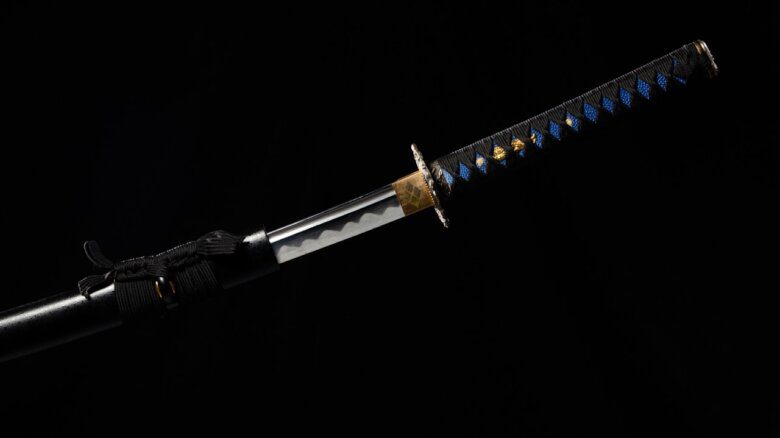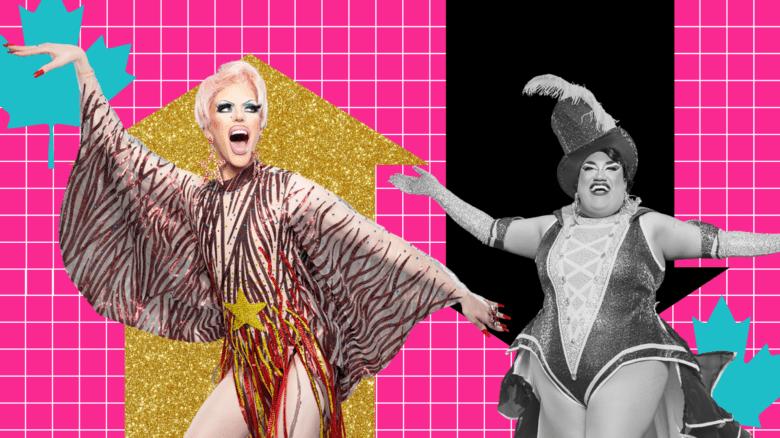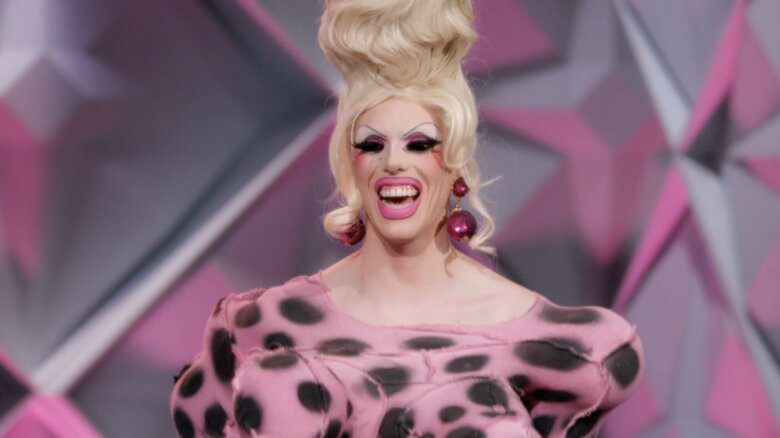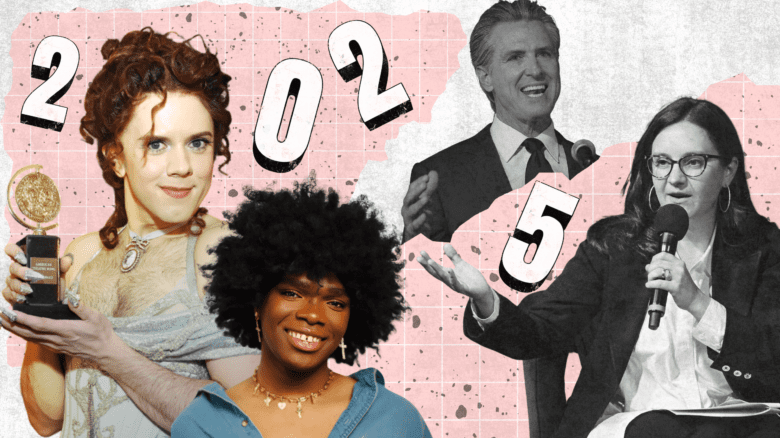During a recent episode of Drag Race All Stars Season 10, performer Jorgeous mourns, “My twink death is coming soon” at the ancient age of … wait for it … 24. The young drag queen’s comment demonstrates how panicked so many young gay men are over the thought of aging. Readers may ask, “What is twink death? And why is it so scary?” Allow me, a former twink-turned-doll, to elaborate.
In 2023, a user on X posted side-by-side photos of Leonardo DiCaprio in the ’90s and a modern-day pic of the actor. The post featured the caption “twink death is a terrifying thing,” implying that DiCaprio is not as hot as he was when he was a young, boyishly handsome 20-something (aka a twink). According to the logic of this post, ’90s heartthrob (twink) DiCaprio pales in comparison to middle-aged (definitely not a DILF!) Leo, a man who allegedly lost his boyish charms around the same time that he started dating women half his age.
This post influenced a trend on X where users—primarily gay men—posted before-and-after pics of themselves, or other male celebrities, with the same caption: “twink death is a terrifying thing.” The term “twink death” has made its way into broader popular culture and is now essentially a funny way of saying “I’m gay and my youth is fleeting.” Yet this silly little phrase also says a lot about our fear of aging.
As a former gay man, the concept of twink death resonates with me because I, too, felt this debilitating terror. I’ve spoken with many gay men who share this fear of aging because their twink features make them feel appealing to others who revel in their youthful beauty.
Twink death may be a terrifying thing for those who don’t know if they will be considered attractive as a bear or a daddy—or any other post-twink gay male identifier. For me, the process of aging made me realize that I didn’t want to be a bear or daddy. Instead, I saw myself as a woman.
“I felt my body losing its youthful glow and was confronted with the permanence of my twink death.”
I’m a 33-year-old trans woman who transitioned two years ago. I could list a handful of reasons why I transitioned when I did: developing a keener sense of self-identity, having more in-depth knowledge of trans identities, living in a queer-friendly city. But the truth of the matter is I initially transitioned when I saw myself aging and was terrified of turning into an old man. I felt my body losing its youthful glow and was confronted with the permanence of my twink death.
The history of the term “twink death” can also be traced back to internet discourse about femboys and trans girls on sites like 4chan and Reddit. Multiple threads and memes present what I call the “twink-to-trans-girl pipeline,” a process in which a twink ages out of boyhood and enters womanhood by medically transitioning. Often these transitions, according to Redditors, are motivated by twink death and a rejection of the potentially masculinizing effects of aging.
As one Reddit user posts: “There is of course taking female hormones which postpones twink death but in my experience [it] just makes you end up looking like a woman instead of a youthful handsome cute male.” A young gay man may take feminizing hormones to try to maintain a youthful appearance with the caveat that they eventually will end up looking more like a woman than a twink.
For a lot of twinks-turned-dolls, that’s exactly the point! Since twink death is often perceived as an entry into more masculine gay archetypes, many choose to opt out of those categories in order to embrace their new trans selves. At the same time, the early effects of HRT can make a formerly aging gay man, as I was, feel a bit more like their younger self. My first year of transitioning felt like a second shot at reliving my twink golden years. Because HRT takes time to develop the desired gendered features, I experienced a minor twink rebirth where I felt I had aspects of my youth returned to me. With growing locks of dirty blond hair and a newly feminized (but still boyish) face, I felt like a twink again. And it felt great!
I imagined myself as young and hot as I was at age 24. I pretended I was a gay guy version of Regina George, the sexy head bitch in charge. I was eye candy for bears and otters looking for a “twink” like me. I also started to get noticed by conventionally attractive “straight” men exclusively into cutesy gays , femboys and trans women—generally, trans women in the early stages of their transition.
But this phase was short-lived. I became exhausted with my dating pool, which consisted largely of down-low men who saw me as a walking sex toy, and not a human worthy of love and respect. The more I cosplayed as my “younger” self, the more I yearned for twink death to take over. Entertaining horny maladjusted femboy chasers was simply not something I wanted to do at this point in my life. So, while it was fun to pretend to be a twink for one more year, I knew that all good things must come to an end.
During this time, I also began to develop breasts and other secondary sex characteristics. I started to truly feel like the woman I am, rather than the twink I was never meant to be. I knew I was always a woman, but I felt that I didn’t properly mourn the loss of my gay male identity. So in a way, cosplaying as a gay femboy for my first year of transitioning helped me process the death of my gay identity and the birth of my trans identity.
“I learned to embrace my body changing and began to see myself outside of the gay male gaze.”
Twink death was a terrifying thing for me, but experiencing it a second time turned it into an experience of healing and trans joy. I learned to embrace my body changing and began to see myself outside of the gay male gaze. As silly as it sounds, I learned that there’s so much more to life than looking like a boyishly cute gay guy. Receiving male attention is fun, but it’s much more fun to live as your true self. Becoming a woman has taught me so much about my body, my emotions and my relationship to love and desire. And I don’t think I could have learned all that without first letting the former young gay guy in me pass on.
This past year brought an outpouring of headlines on who gets to use the word twink, think pieces on chaotic twinks in cinema and features on former twinks in politics.
I’d argue that the growing media attention on twinks further increases this cultural anxiety surrounding youth and beauty—while distracting from the genuine issues facing queer communities. Twinks are so often treated as fetishized sex objects, or hot-topic talking points, rather than understood as gay men with shared cultural fears of homophobic violence.
But if we look past our internalized fears and cultural associations, perhaps we can admire the beauty of young gay adulthood and watch it bloom into something just as beautiful. For many trans women, like me, this metaphorical omen of “twink death” signals the dawning of a gorgeous new life.
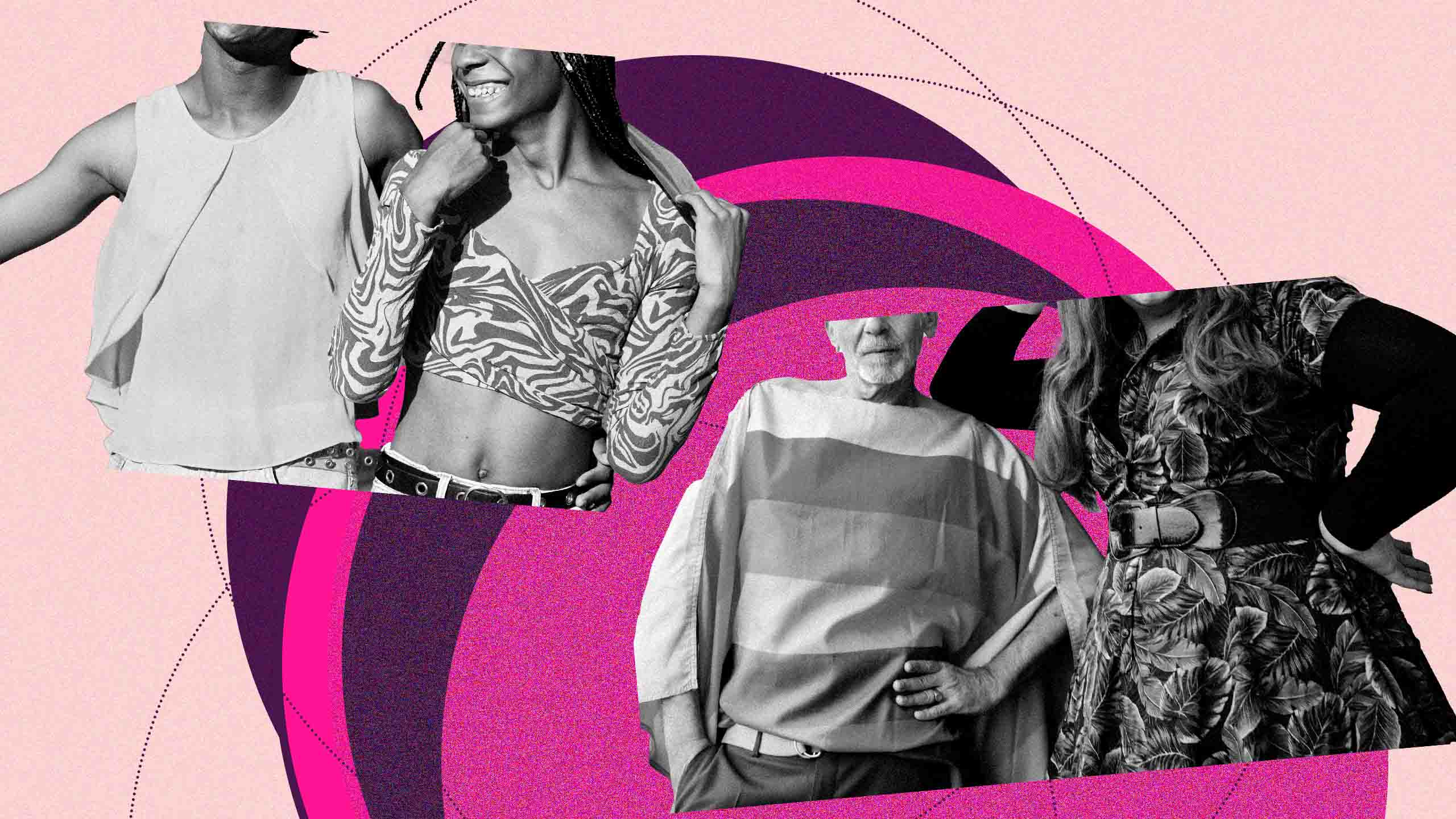

 Why you can trust Xtra
Why you can trust Xtra